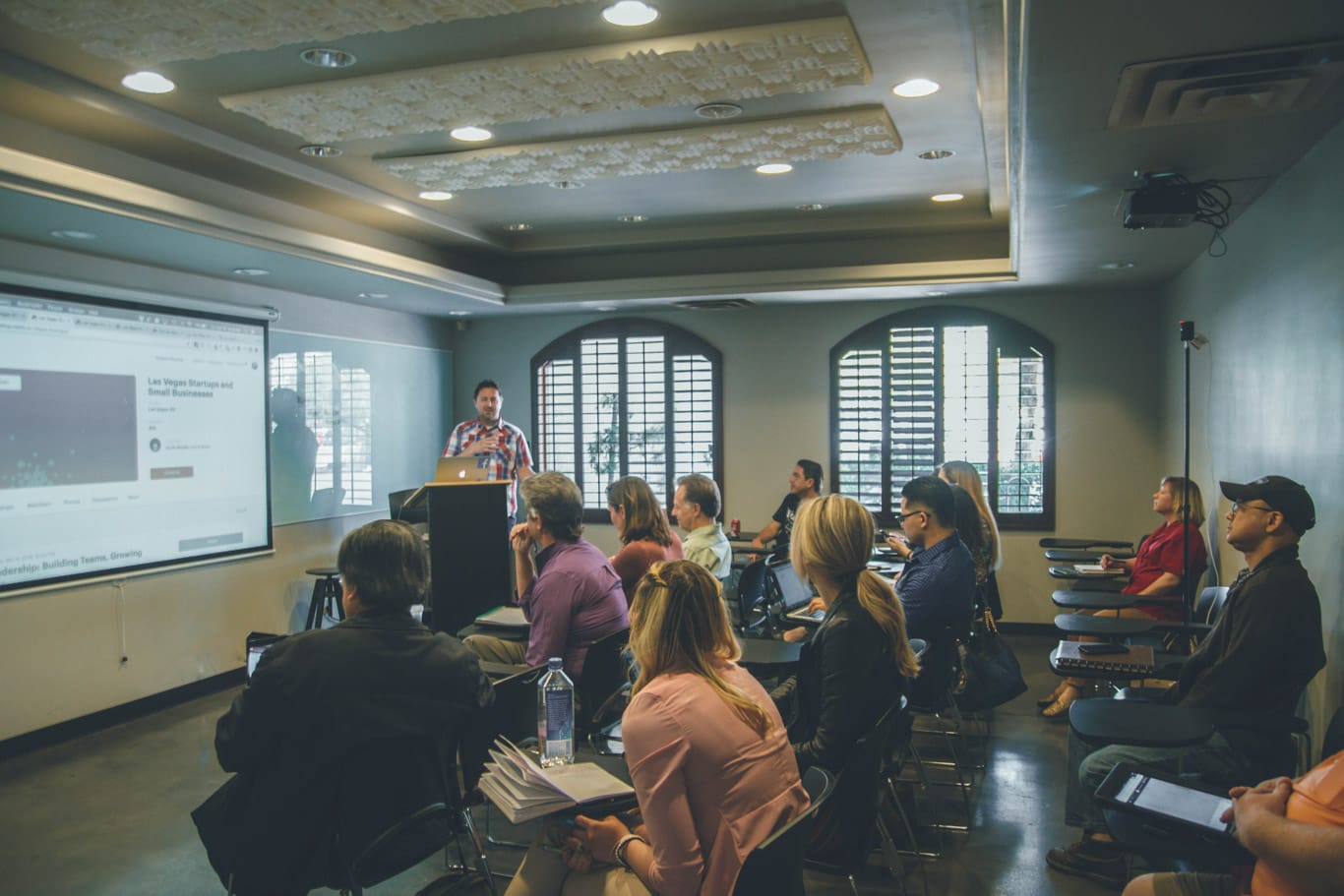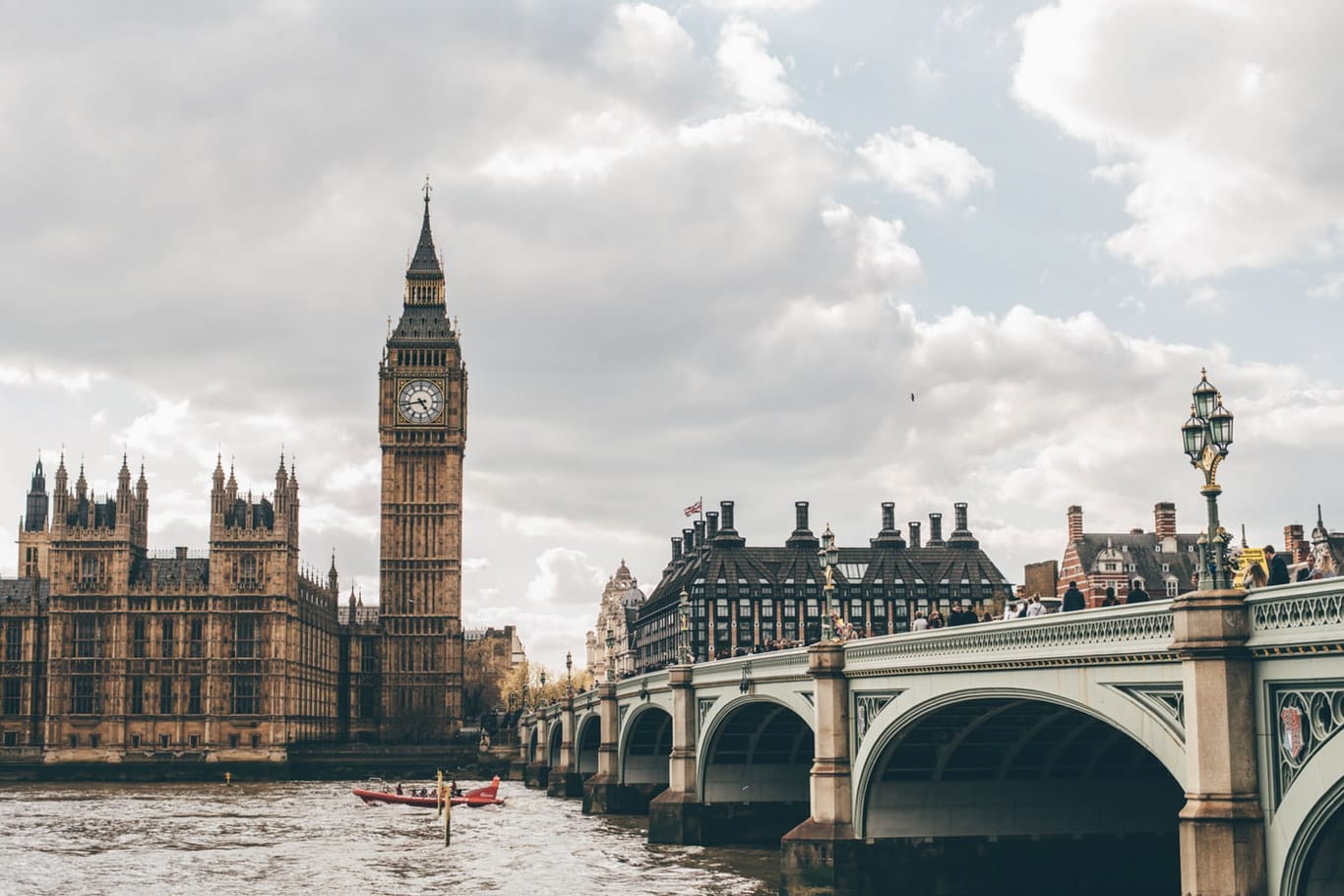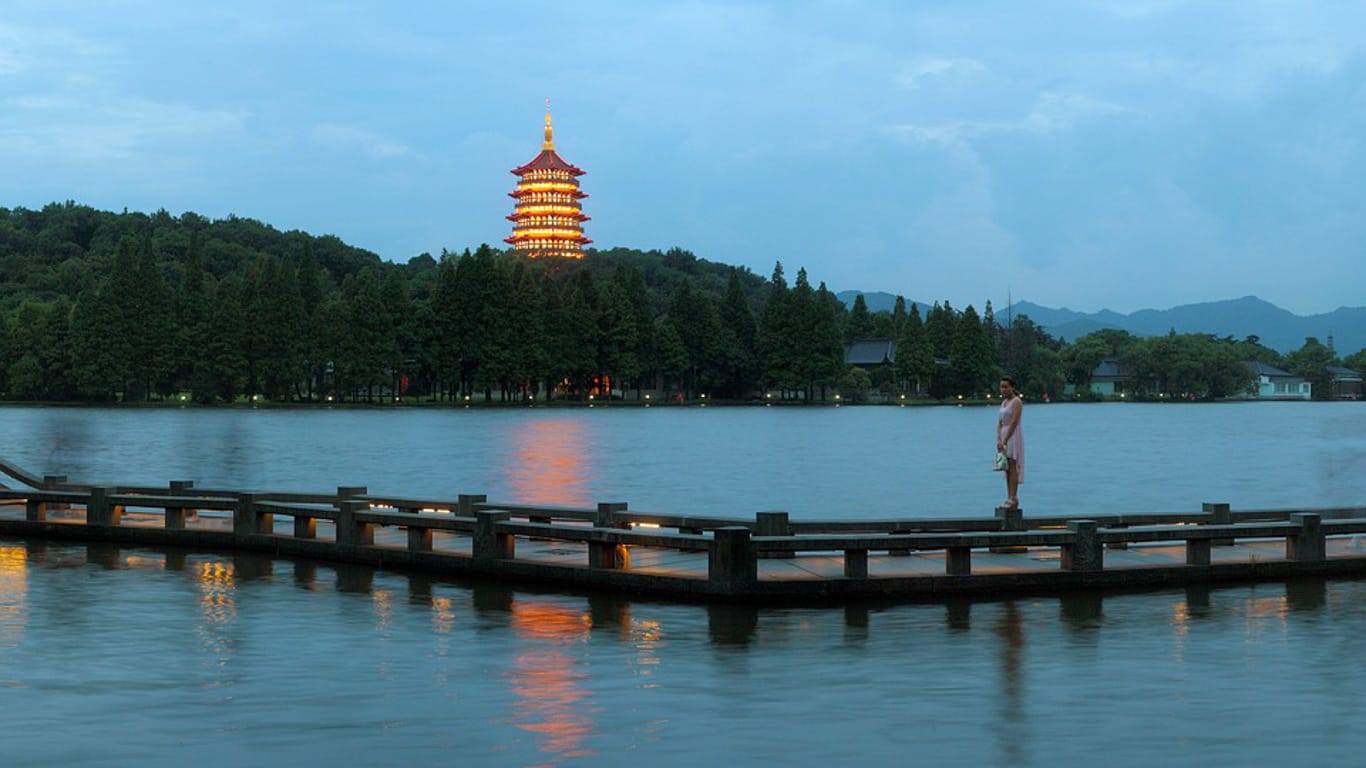From Tourist to Traveler: Finding the Difference and Making A Difference
If you travel in South America, you might encounter two terms locals use to refer to visitors: turista or viajero. Now, even with minimal Spanish, the meaning of the first one is pretty obvious.
The meaning of viajero is a bit more nuanced though. It can be translated as “traveler,” or “wanderer.” Sometimes it could even mean, “nomad.”
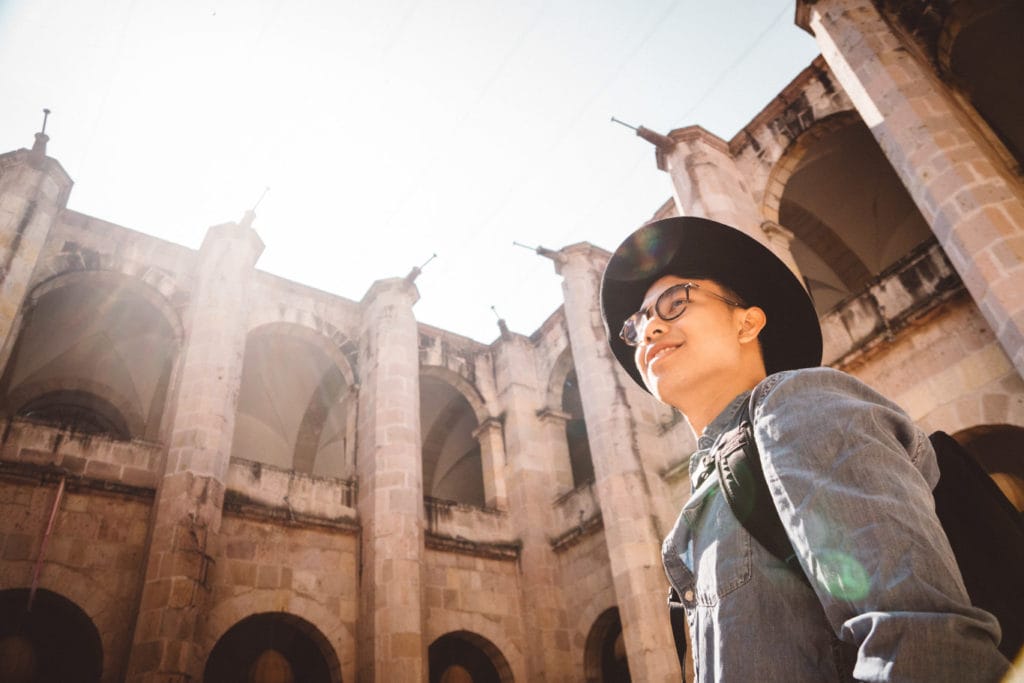
So what’s the difference? For one thing, many people these days are looking for travel experiences that are a bit more immersive, more genuine. Where our parents’ generation was satisfied with stepping off the tour bus for a quick photo of a monument before hopping right back on, we want to get our feet on the ground and experience the places we visit in a more thoughtful, deeper way.
Here are a few ideas on how to be a thoughtful traveler rather than just another tourist.
1. Think Sustainability

One way travelers can make a difference is by keeping in mind the U.N.’s Sustainable Development Goals while we see the world. The tourist stomps around the globe without care; the traveler considers their impact and works to reduce it. Air travel is hugely polluting, so address climate change by working to minimize your flights. Also, when you are visiting a new place, don’t settle for simply seeing it passively. Get involved with local groups working to reduce hunger, poverty, and work toward gender equality. Even your dining choices can make a difference when you travel: always seek out sustainably sourced foods and restaurants.
2. Slow Down

A welcome travel trend is people arranging itineraries that allow a little more room to breathe. Consider spending more time to get to know a place and the people there instead of forever being in the process of dashing off to the next destination. You’ll find it to be a more immersive experience, one where you can perhaps get to know the locals a little better and understand their lives a little more.
3. Wander Off
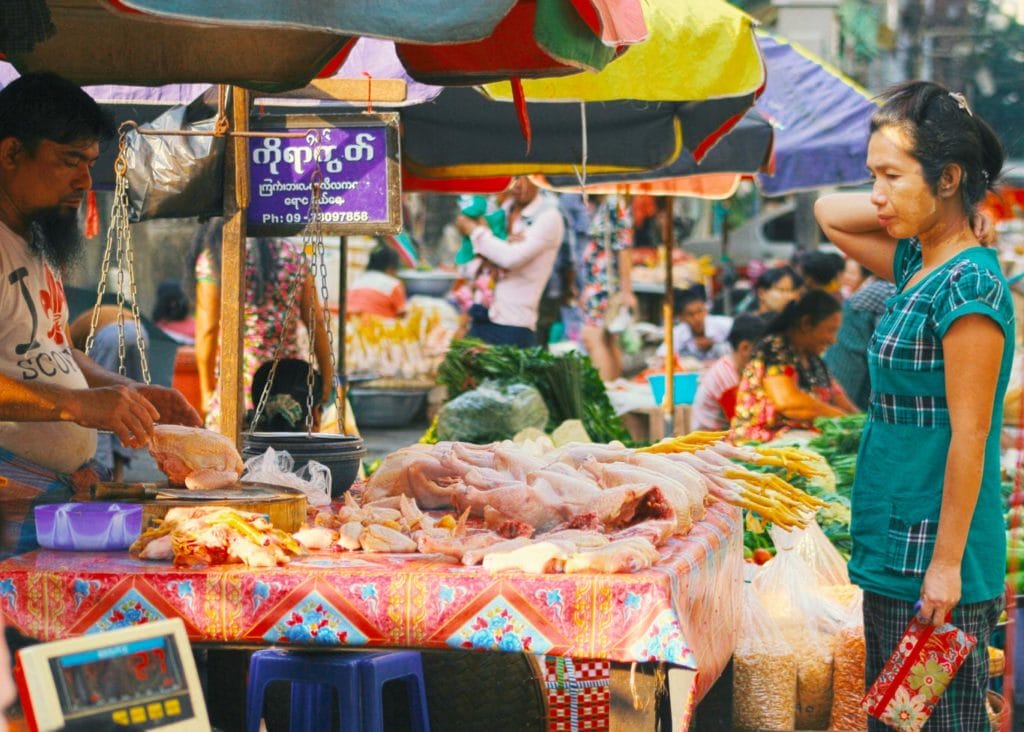
Another overdue travel trend is people seeking adventures outside of typical major destinations. Sure, if you travel to Paris for the first time, you want to see the Louvre. But consider blocking out some time to also get out of the city and see some places that aren’t overrun with tourists. You’re likely to find the experience not only more rewarding for you, but also that the locals in smaller, less touristy villages and towns appreciate your visit more – and enjoy engaging with you more as well.
4. Immerse
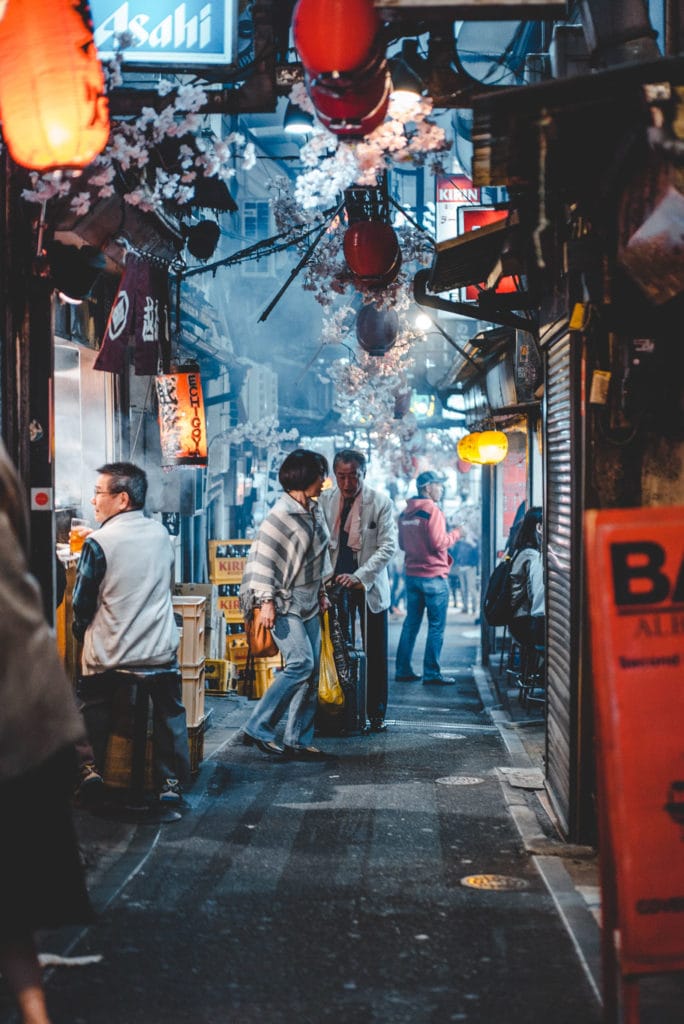
The stereotypical loud, abrasive tourist with a Hawaiian shirt and camera at the ready, with socks and sandals and Panama hat may be a thing of the past (thankfully). Nonetheless, it’s easy to fall into the trap of sticking with what we know. Walk past the Starbucks and try a local coffee shop instead. Work on your language skills with locals instead of always relying on their English. And please eat local food!
You’ll find you get – and give – a more rewarding, genuine experience even as you overcome the challenges this kind of travel presents. Worth it!
Like this article? Let us know!
By liking and sharing, you show us which articles really stand out.
